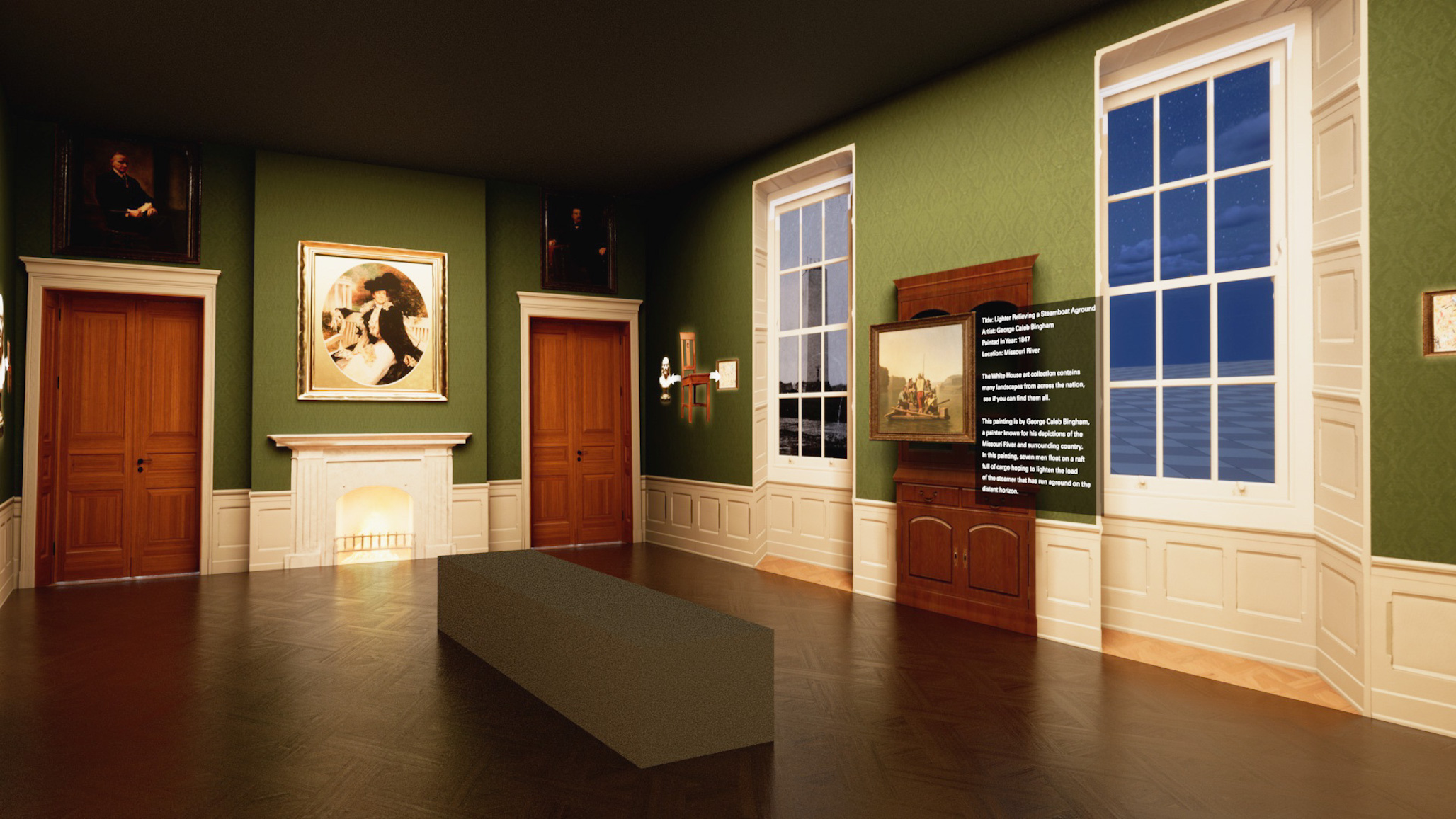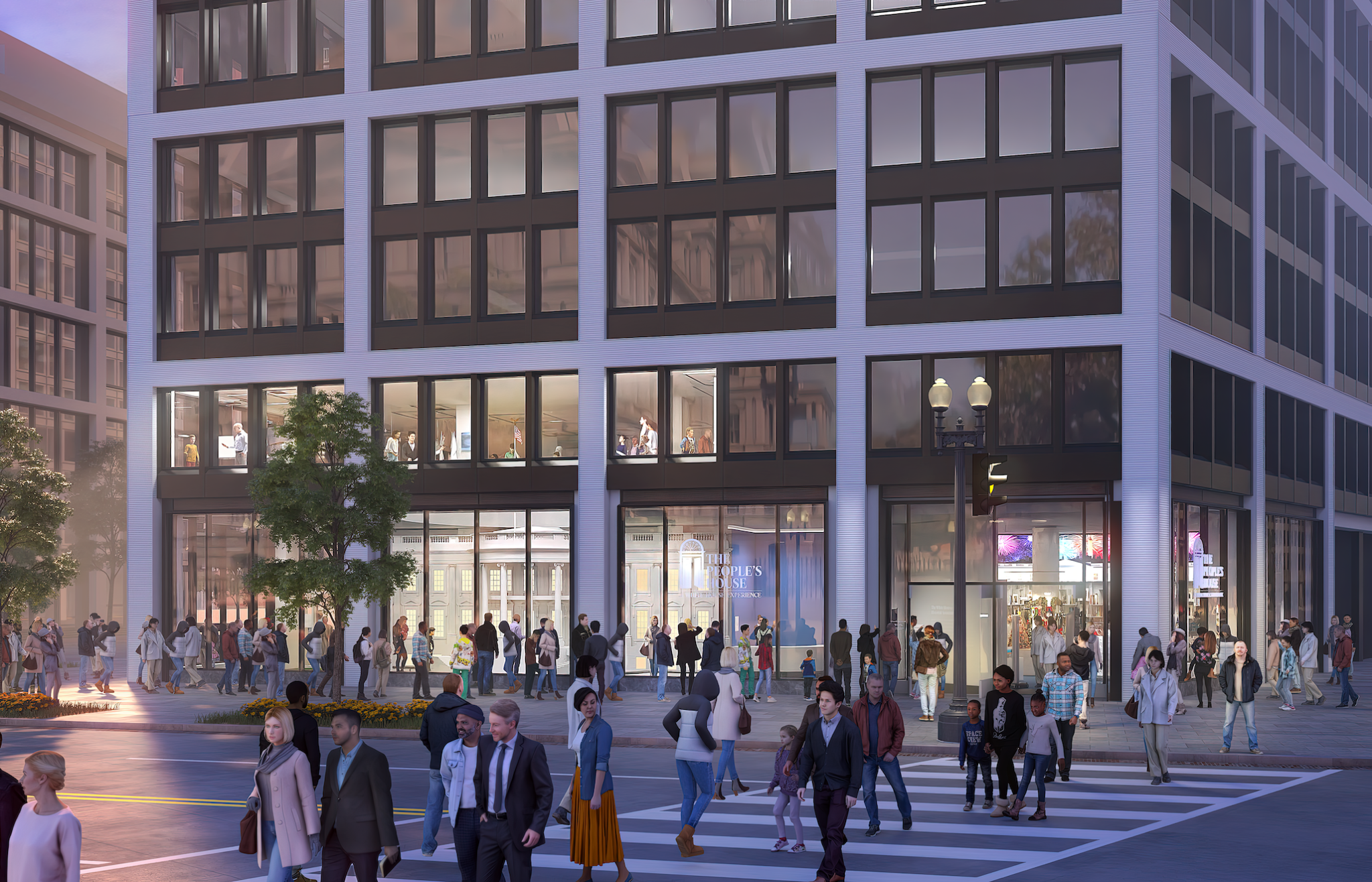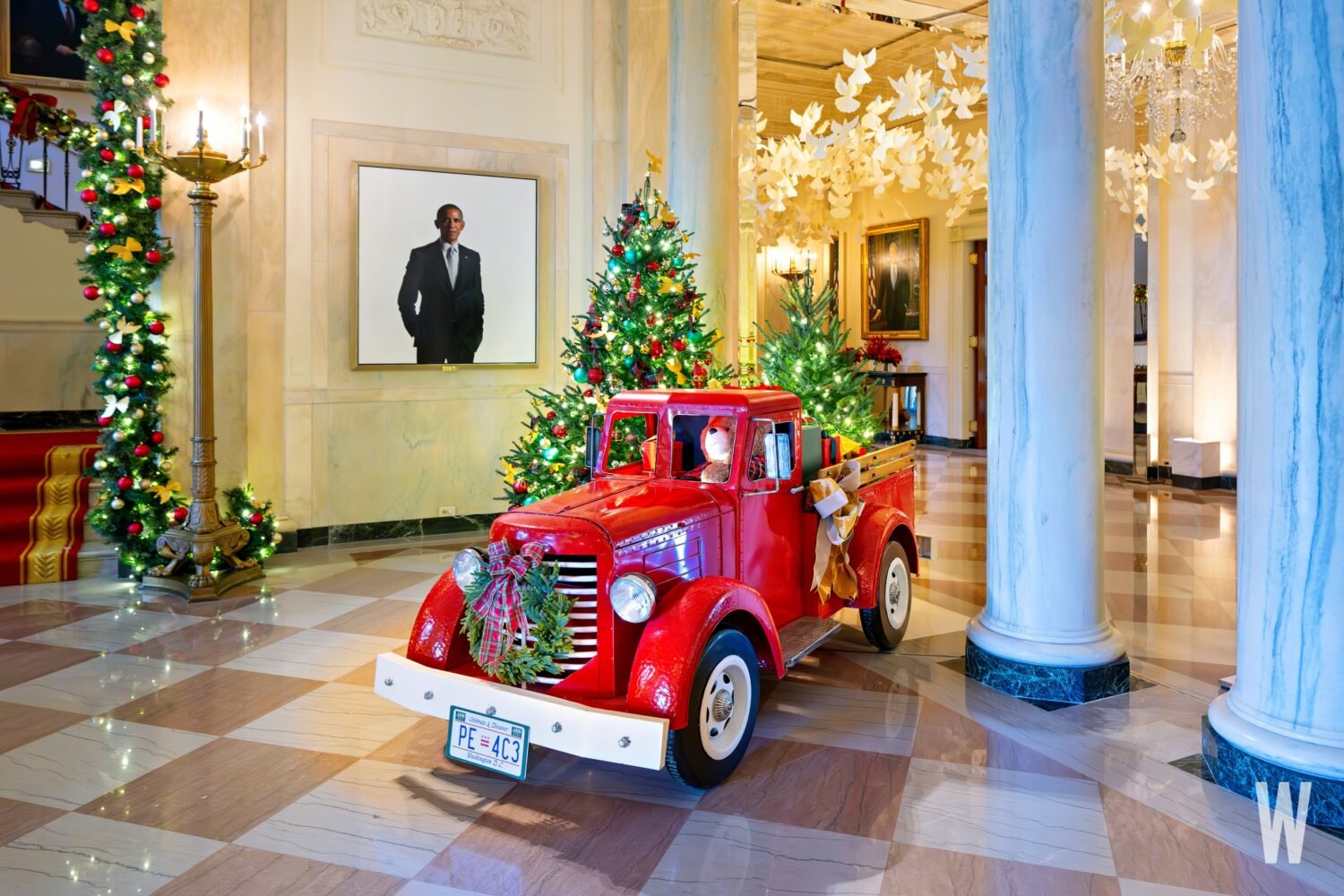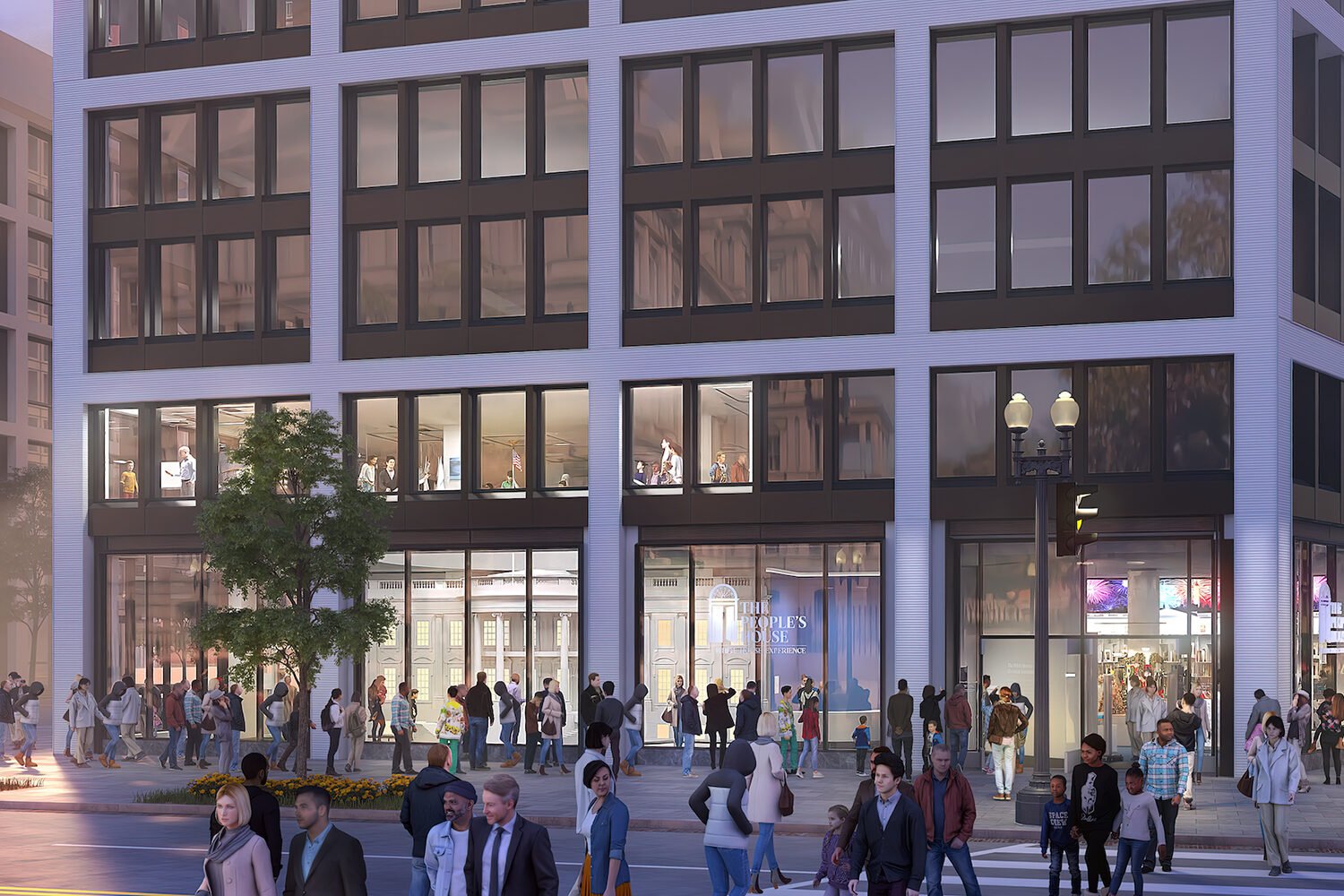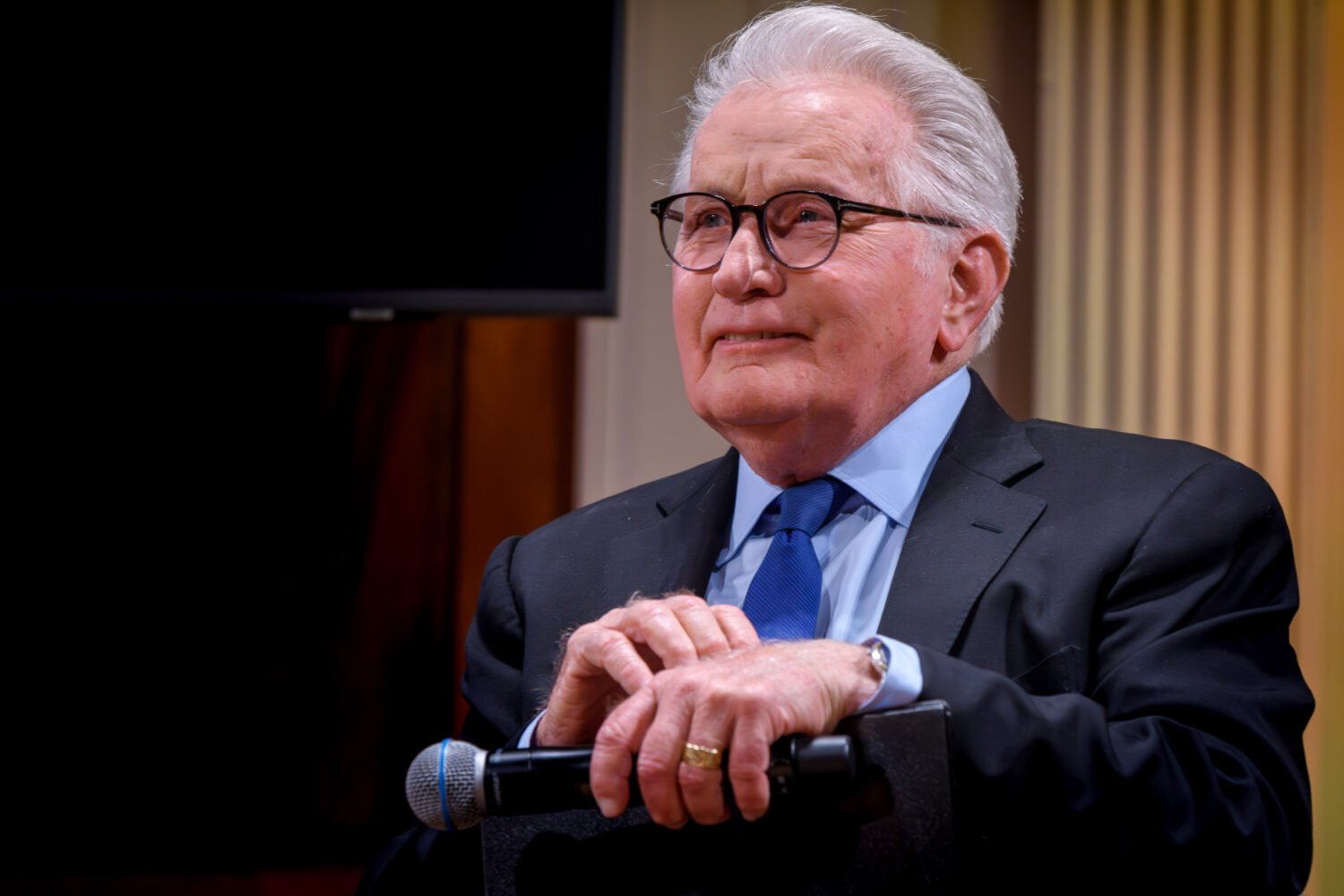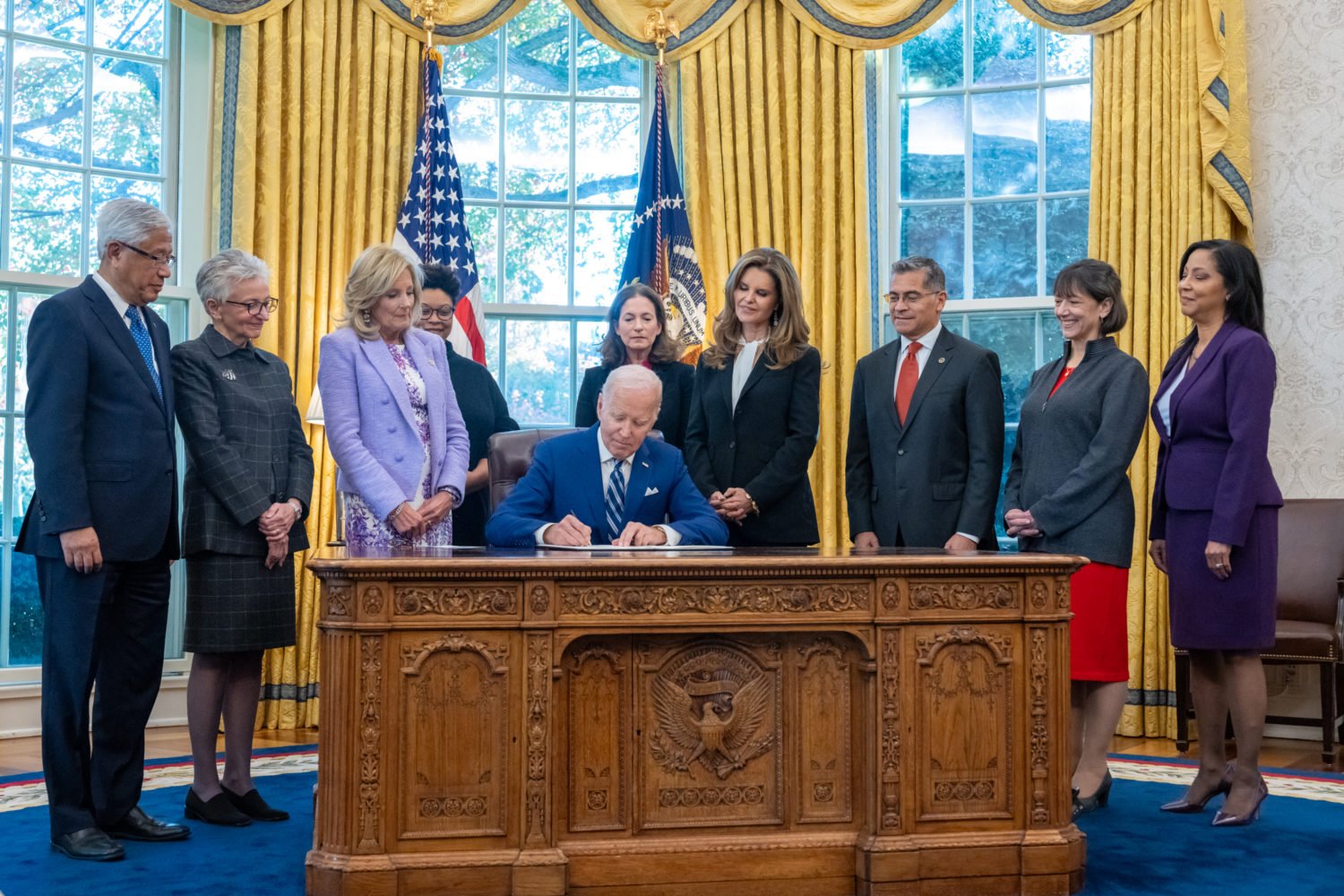A three-level educational experience about the White House will open next fall at 1700 Pennsylvania Avenue, First Lady Jill Biden announced Thursday night. “The People’s House,” a project of the White House Historical Association, will take up 33,000 square feet and offer interactive exhibitions where visitors can see how they’d look in the Oval Office, experience what’s it like to attend a state dinner, or even swan around the Rose Garden.
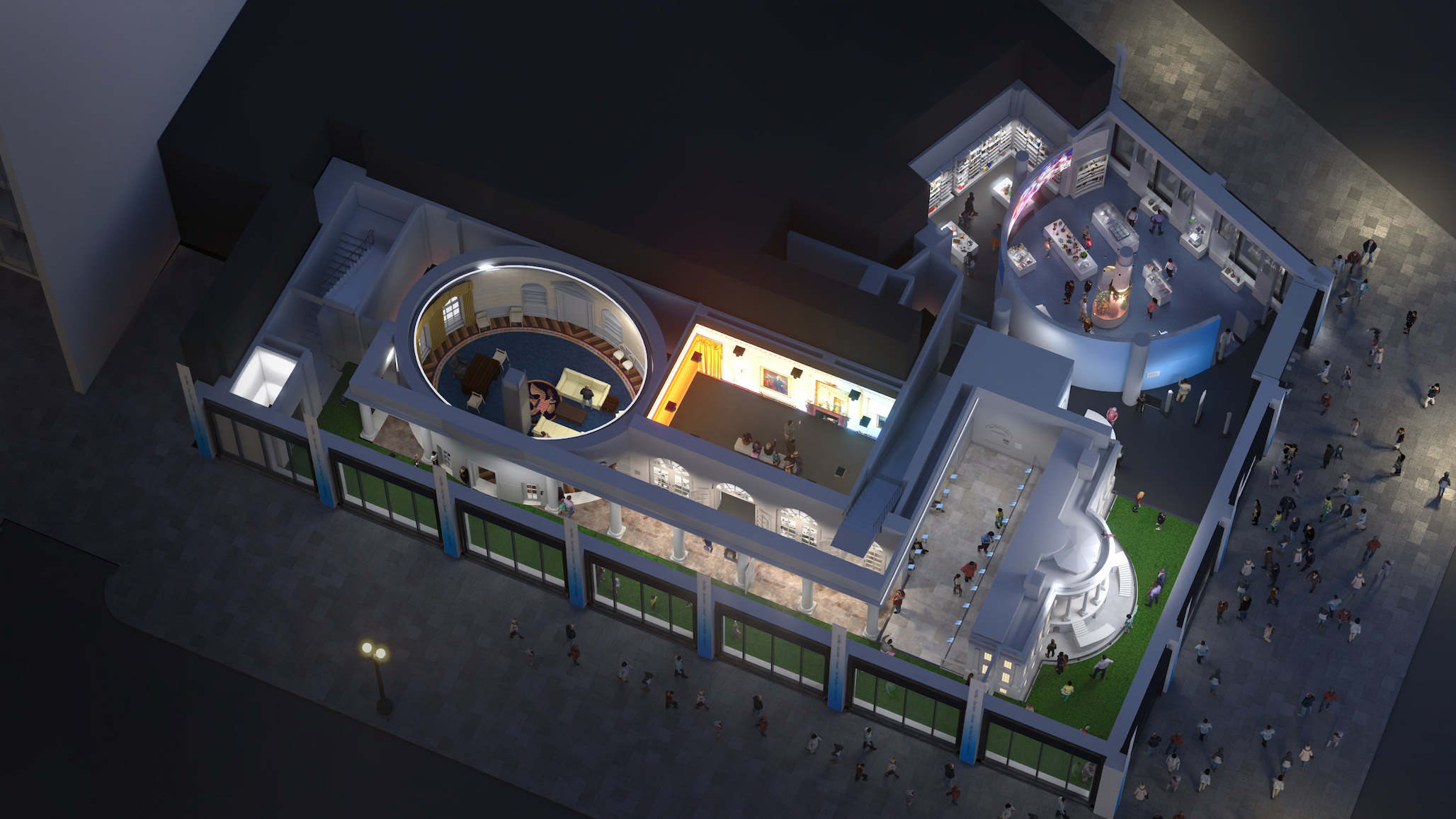
And it will all be free. “We want to make it as widely available as possible,” says Stewart McLaurin, the president of the White House Historical Association. The organization conceived the attraction two years ago, and its management was delighted to acquire space so close to the actual White House. “It just couldn’t have been more perfect,” McLaurin says.
The replica White House will open in the Mills Building across 17th Street from the Eisenhower Executive Office Building. While its address is spectacular, the building has been considered less so in recent years—the company that manages it described it as “dated, both functionally and from an urban planning perspective,” in a filing in 2018. It replaced a building General Anson Mills, who made a fortune selling improved cartridge belts to military customers, opened in 1903. That Beaux-Arts structure got torn down in 1964 and replaced with what the blog Streets of Washington calls a “a blocky and unremarkable heap sheathed in pre-cast concrete.”
During the pandemic, though, the building went through a big renovation, McLaurin says, that included bumping out its space several feet on the ground level. That left room for a replica Oval Office, the only physical depiction in the attraction. It will change depending on who occupies the building down the street. “It will look like their Oval,” McLaurin says. Former President Trump, for example, hung gold drapes, while President Biden added a dark blue rug and busts of Martin Luther King, Jr., César Chávez, and Rosa Parks.
In other rooms, the experience will be more high tech. The galleries upstairs will look like blank spaces until they assemble themselves into, say, the Green Room. You’ll sit at one end of a table where a President and their cabinet will discuss a weighty issue like the Cuban Missile Crisis during John F. Kennedy’s term. In the first family’s theater, you’ll see clips of films various presidential broods enjoyed. Because tech changes so quickly, McLaurin says, the organization plans to establish an endowment dedicated to keeping the experience cutting-edge: “We do not want it to become stale or tired.”
One exhibit will be dedicated to the people who work in the White House—the plumbers, butlers, electricians, grounds crew, and more. Another will display the research the association has done over the past seven years on the enslaved people who built much of the Executive Mansion. That research was spurred by requests that poured in to the association following Michelle Obama’s comments about the building’s provenance in 2016. “We view those enslaved people as just as much a part a history of the house as presidents,” McLaurin says. “They’re part of the fabric of that place.”
There will be an educational wing upstairs, as well as a gift shop where the group will sell its famous ornaments, among other goods. And, McLaurin says, he’s “pretty confident” the exhibit will be ready to open on or around September 14, 2024. That’s less than two months before voters will decide whether the current occupant of the mansion will live there the next year. “There’s only one White House,” McLaurin says, “and it belongs to everybody.”
